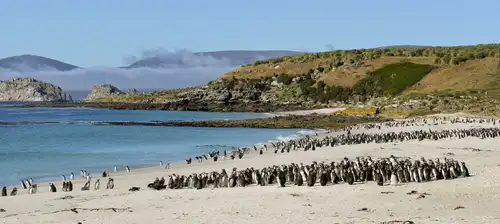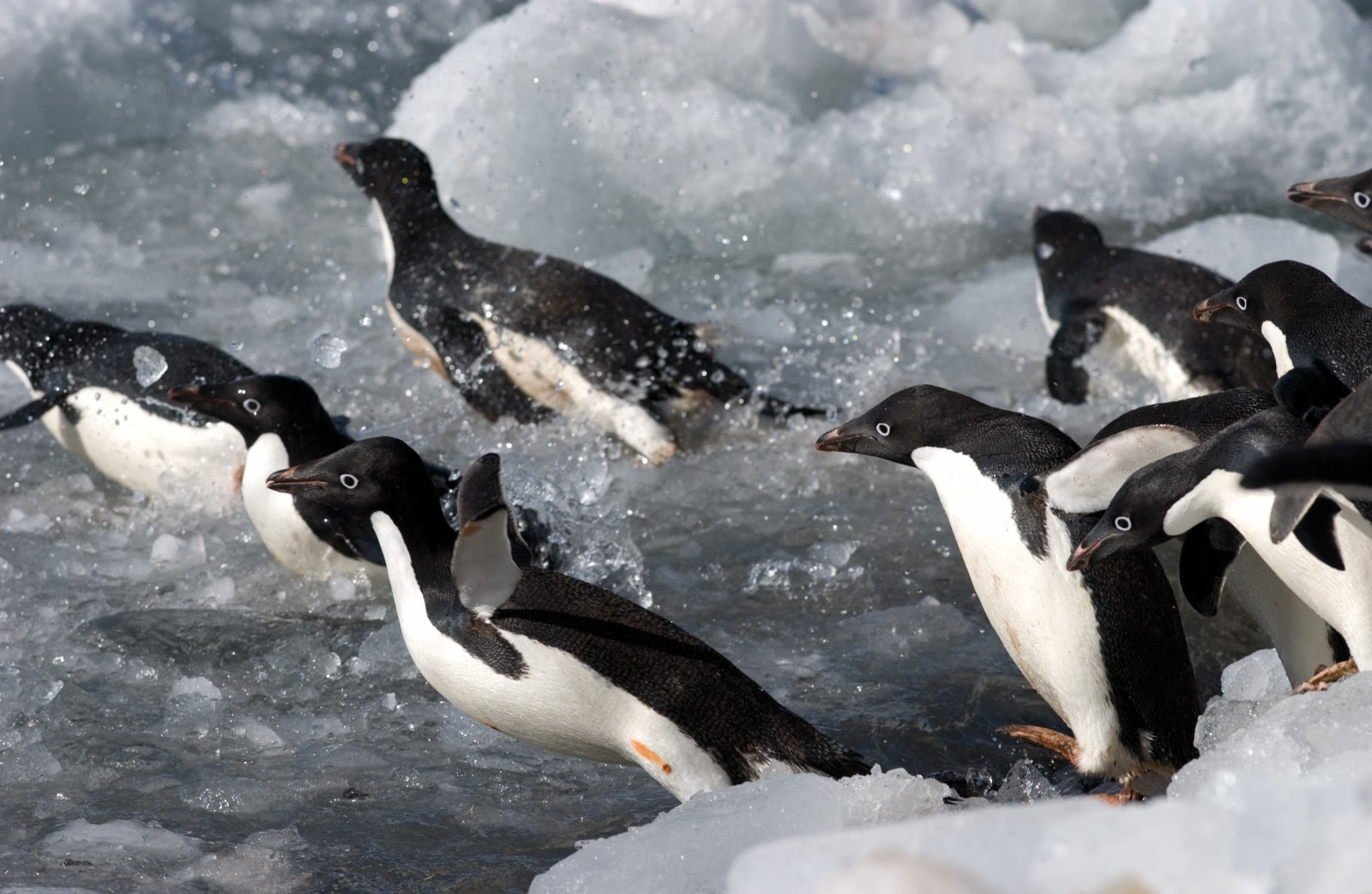Described as “an object of endless pleasure and amusement” by Apsley Cherry-Garrard, survivor of Robert Falcon Scott’s ill-fated Terra Nova expedition to the South Pole, the Adélie penguin stands with the regal and iconic emperor penguin as one of only two penguin species found on mainland Antarctica.
Though their blue-black bodies, sooty orange beaks, white bellies, and white-rimmed eyes cannot compare to the sleek, long beaks, and yellow-trimmed necks of the aptly-named Emperor penguin, Adélie penguins make up for the plainness of their ornamentation with a lively, playful nature, never failing to showcase their unique and charming personalities.
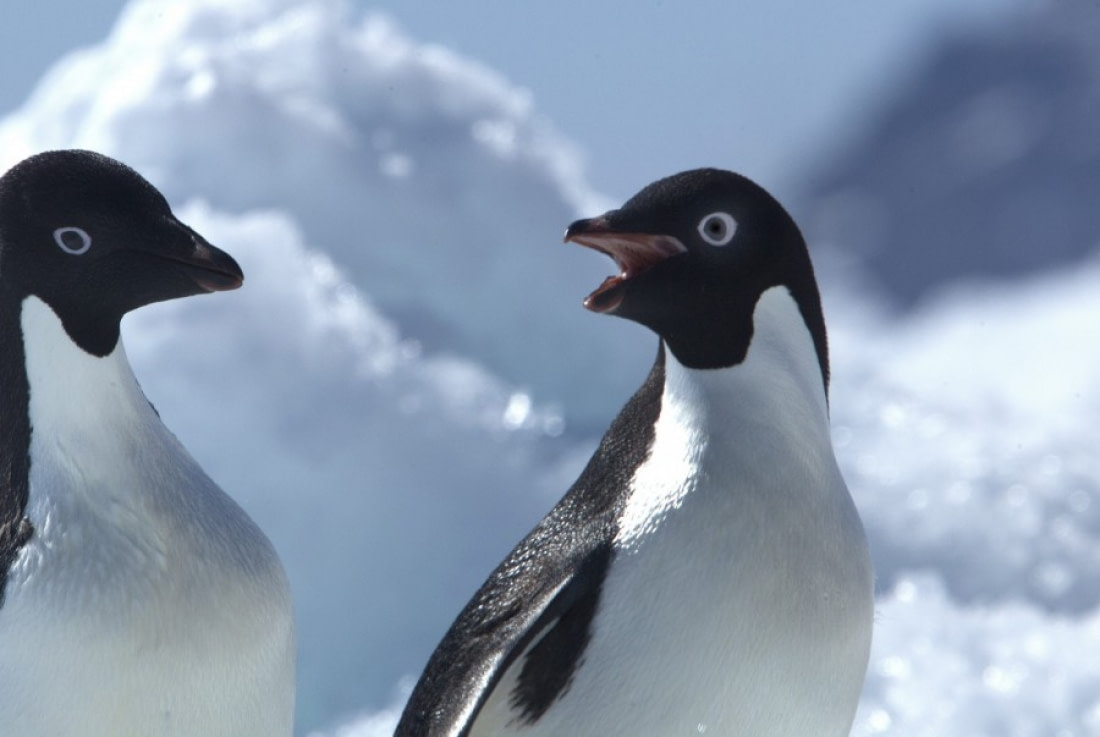
The Adélie penguin reputation for recklessness
Named for the mostly glacial Adélie Land – discovered by French explorer Jules Dumont d’Urville in 1840 and memorialized in the 2005 documentary, March of the Penguins – these “little people of the Antarctic,” as Cherry-Garrard called them, have long won hearts for their fearless curiosity, humorous antics, and generally puckish behavior.
Indeed, their relentless curiosity sometimes gets the better of them, as seen in Scott’s description of what he called the Adélie’s “pig-headed disregard for [its] own safety.” In his journal, the great explorer notes how the penguins would frequently leap onto the ice floes where he and his sled dogs were passing, waddle up to the pack and begin poking at the dogs to get a closer look. Sadly, these overly-confident penguins often met with tragic ends when they came within reach of the snarling dogs.

Predator avoidance: an Adélie penguin talent
During shoreline walks, passengers of Antarctica cruises are often delighted to see portly, rump-legged Adélies spread their flippers and scurry to meet them at the water’s edge, squawking and turning their heads to one another as if in search of an explanation for the new arrivals. Animal lovers are sure to marvel at the Adélie’s impish spunk and are often struck by their tendency to behave, as Cherry-Garrard noted, “like children, or like old men, full of their own importance and late for dinner.”
Observers may even gasp in shock at this childlike naughtiness: The penguins sometimes push an unlucky member of their group from an ice terrace to be sure the water below is clear of sea-leopards, steal rocks from their neighbors’ nests, or force their chicks to chase them around the nesting ground before they’ll give up their regurgitated krill dinners.
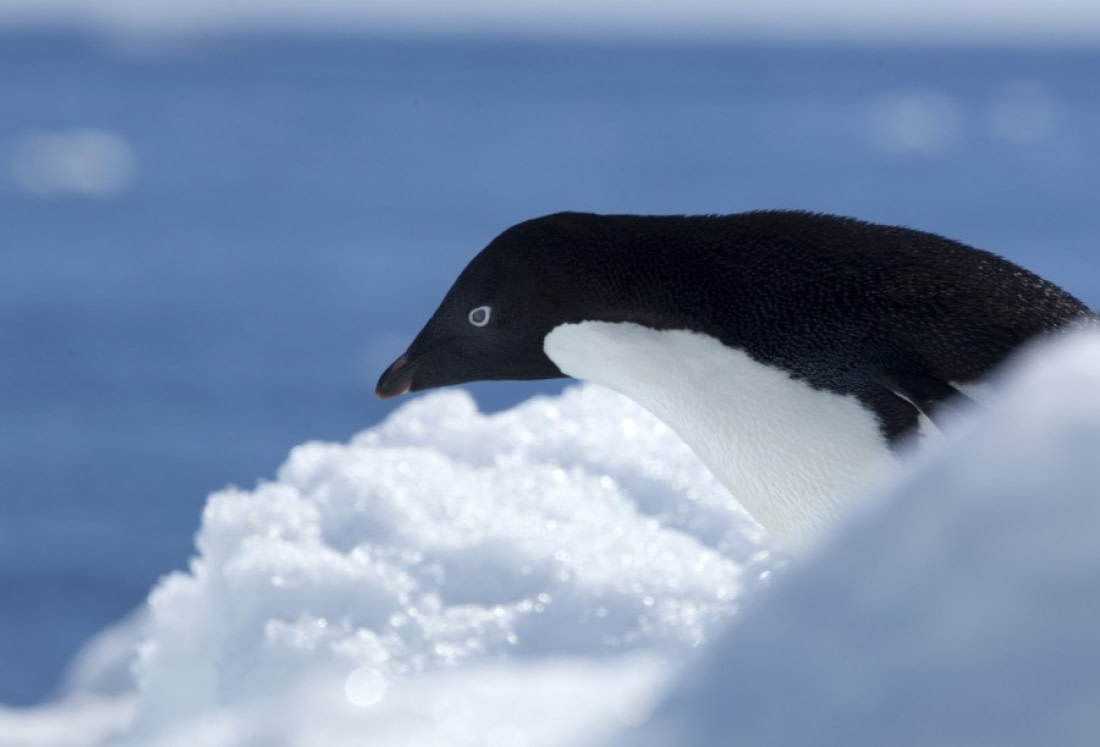
Adélie penguins are far-ranging travelers
Though beloved for their quirks and playfulness, Adélie penguins should not be taken for layabouts. Unable to fly, these animals spend much of their lives on their feet, marching an average of 13,000 km (over 8,000 miles) in a year as they move back and forth between their hunting and breeding grounds.
In the early part of spring, before the warmer weather melts the large Antarctic ice sheets, the penguins may have to walk nearly 50 km (30 miles) from their nests to reach open water, where they hope to find krill, silverfish, and squid. The Adélie are also skilled and resilient water hunters, sometimes traveling nearly 300 km (185 miles) in search of a meal, swimming at speeds of close to 75 kph (46 mph) and diving as deep as 175 meters (575 feet) in pursuit of their prey.

Hands-off parenting is not the Adélie way
This industriousness carries over into the penguins’ breeding habits, as the Adélie come together to build vast tracts of circular nests, with the largest colonies containing over 180,000 stone-lined nests. Male and female penguins – the two sexes nearly indistinguishable without close inspection – share responsibility for the protection of their offspring, with each mate taking a turn warming a pair of eggs while the other sets out on a hunt. This is essential to keep the next generation safe from predators such as the aggressive skua gull, which strives to distract Adélie parents just long enough to snatch an egg or chick. Even the most vigilant Adélie parent cannot guarantee their offspring’s survival, however, as a poor hunting yield often means only one of the two chicks will live.
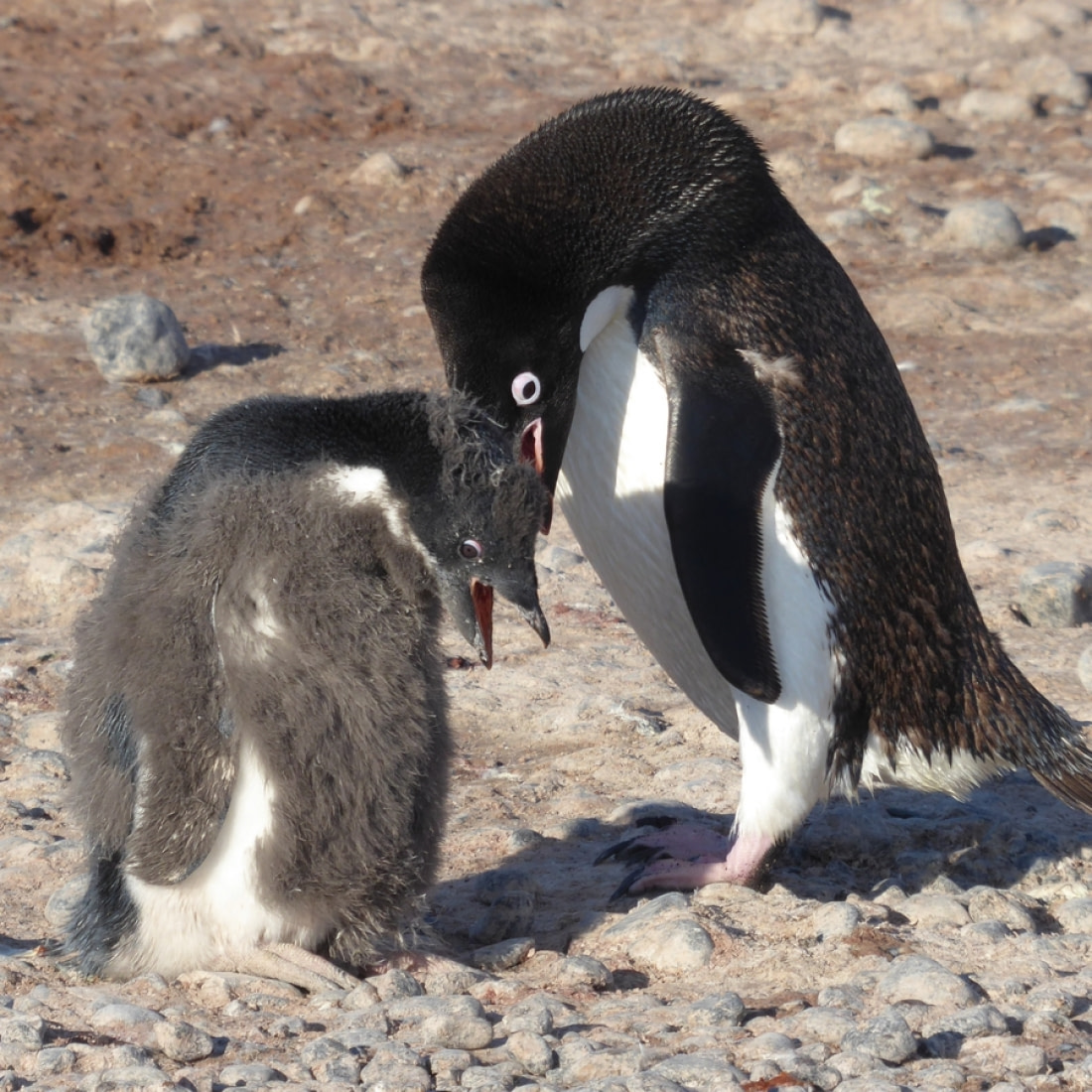
Adélie penguin chicks carve their own paths
The chicks that do manage to survive soon find themselves faced with more danger. At about three weeks old, both Adélie penguin parents return to the sea to hunt, leaving the hatched chicks to fend for themselves. The infants instinctively cluster into a large group – known as a crèche – to keep each other warm, and at about 9 weeks old their downy coats are replaced with waterproof feathers, allowing the young Adélie penguins to dive into the icy waters and hunt for themselves.
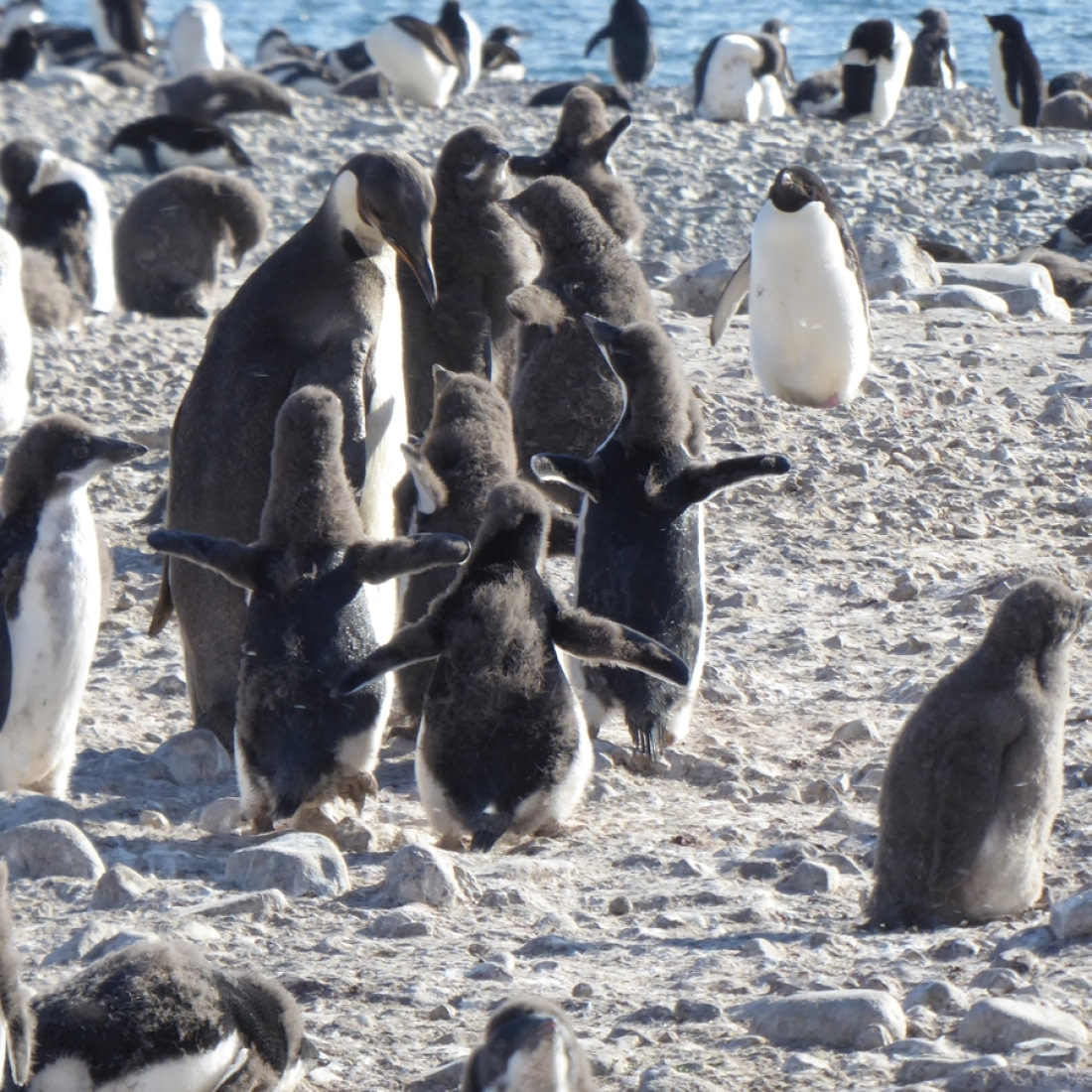
The Antarctic celebrity of the Adélie penguin
In many stages of their lives, then, the Adélie penguin can be seen as one of Antarctica’s scrappiest underdogs, fighting with what Cherry-Garrard called the most “gallant pluck.” It is perhaps because of this fierce yet spirited attitude that many visitors, particularly those who embark on Antarctic Peninsula trips, come to cherish the Adélie so deeply, seeing these penguins as “more as familiar friends than as casual acquaintances...sometimes solemn, sometimes humorous, enterprising, chivalrous, cheeky – and always...a welcome and, in some ways, an almost human friend.”
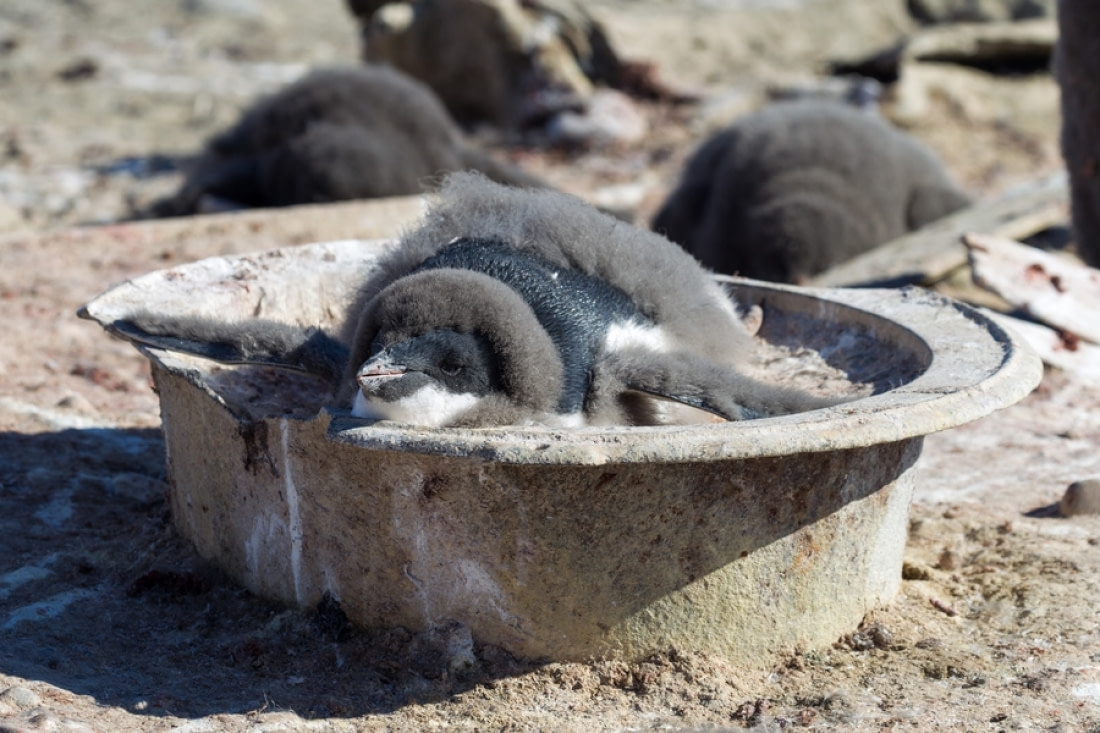
Blog


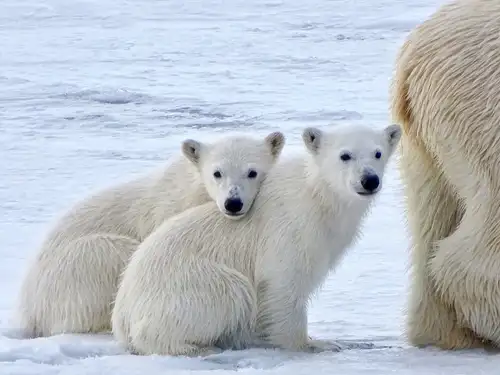
Where the Polar Bears Roam
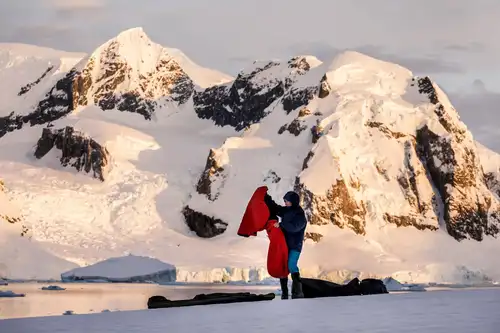
Camping in Antarctica: a True Expedition Experience
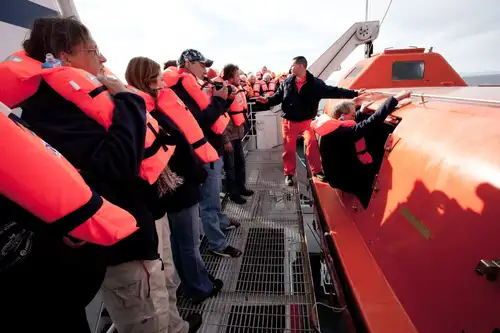
The Evolving Shipboard Eco-traveler
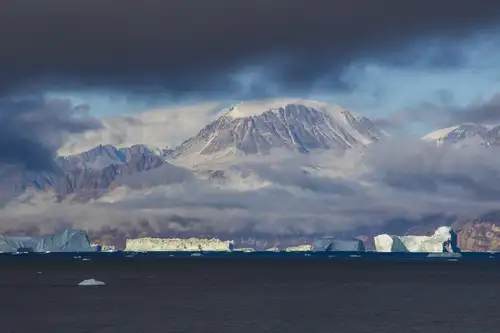
Greenland: East vs. West
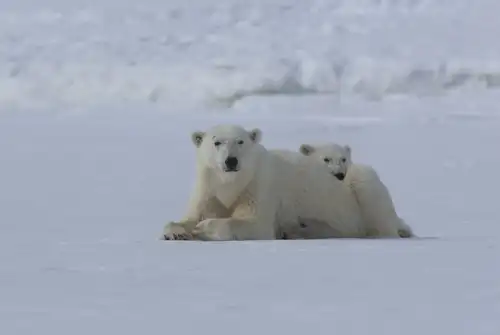
Polar Bears and Pack Ice: 22 Pics from North Spitsbergen
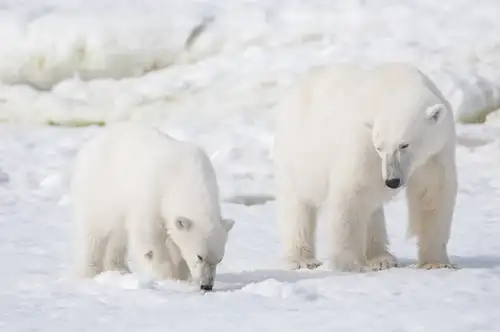
The polar bear: king of the Arctic food chain
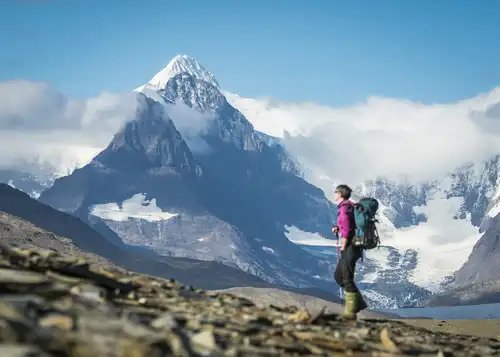
15 Fantastic Photos of Antarctica
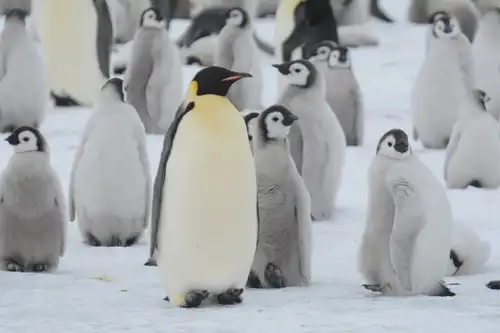
12 Tips to Help Keep Birds Safe During an Antarctic Cruise
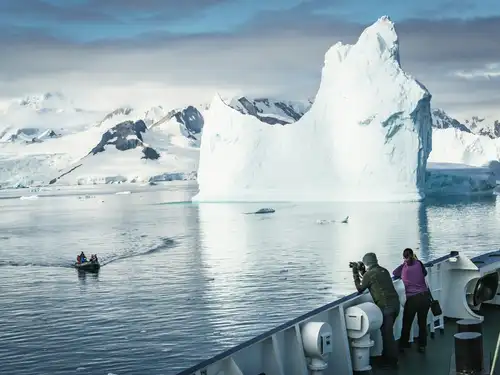
Antarctic Explorer’s Voyage
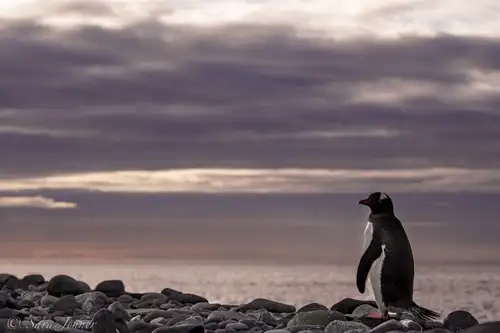
Penguin Wisdom: Life Lessons from Our Favorite Flightless Birds

Inside the Svalbard Global Seed Vault
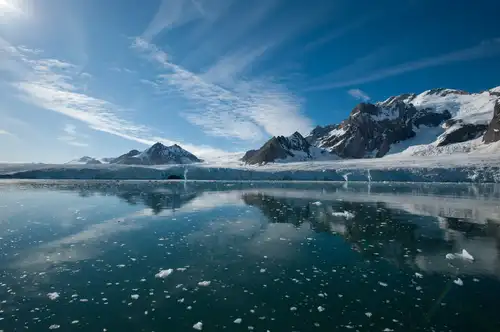
A Bug’s Life in Svalbard
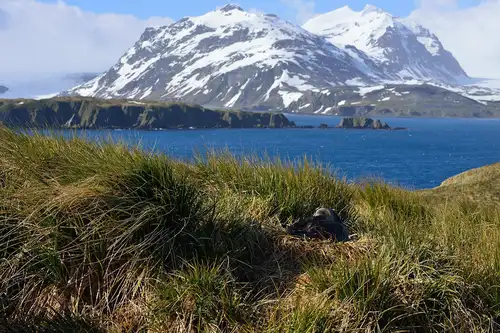
Flowers in Antarctica

Top 10 Tips for Packing Your Polar Photography Equipment
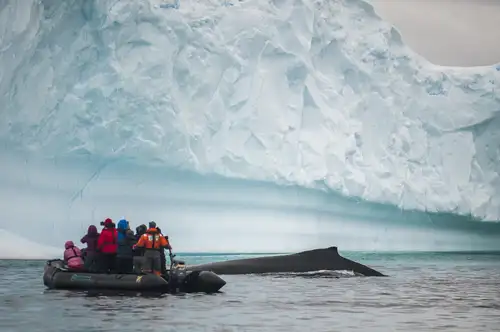
A Day of Whale Watching in Antarctica
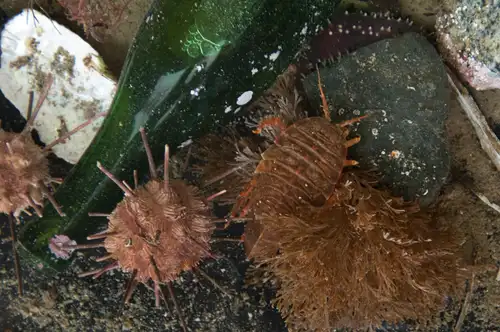
Deep Sea Dwellers: 10 Facts about The Antarctic Giant Isopod
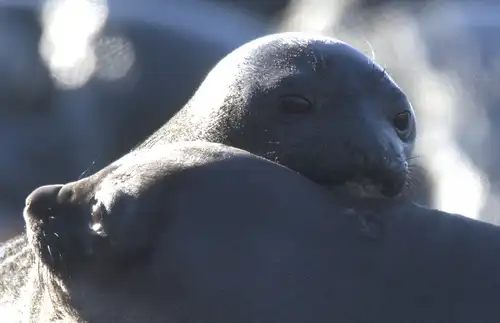
South Georgia in Spring
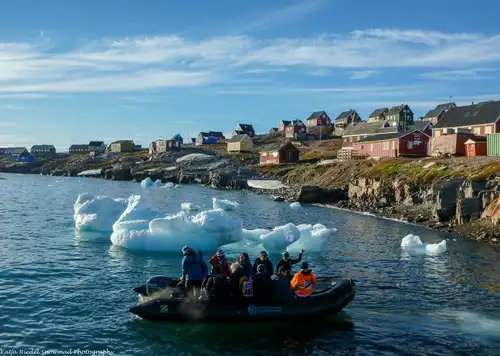
Scoresby Sund: the Greatest Greenland Adventure
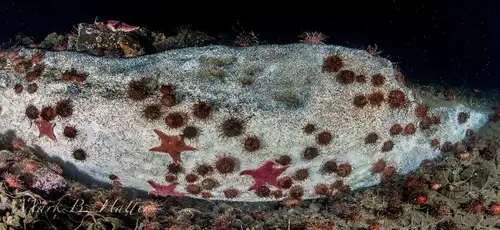
A Diving Dream Fulfilled
